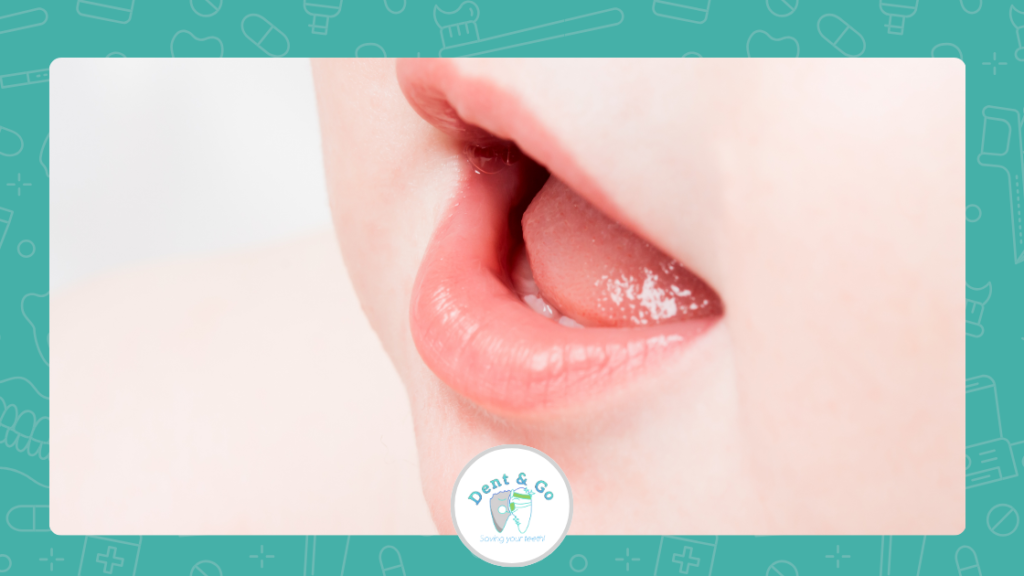Watching your little one grow and hit new milestones is such an exciting journey! One of those big moments is when their first molars start to come in. These teeth usually make their appearance around the age of six to seven and are crucial for your child’s chewing and speaking abilities. Understanding what to expect and how to manage this teething phase can make the process smoother for both you and your child. Let’s dive into everything you need to know about your kid’s first molars and how you can help them through it.
What Are First Molars?
First molars are the big, flat teeth at the back of your child’s mouth. They usually show up after the front teeth, or incisors, have already erupted. Unlike the sharp, thin incisors, molars are broad and flat, perfect for grinding food into smaller, easier-to-swallow pieces. These teeth are vital for your child’s ability to eat a variety of foods, contributing to a balanced and nutritious diet.
Signs That Your Child’s First Molars Are Coming In
Every child experiences teething differently, but there are some common signs to watch for:
- Increased Drooling: You might notice your child drooling more than usual as the molars push through the gums.
- Chewing on Everything: To ease the pressure and discomfort, kids often chew on toys, fingers, or anything they can get their hands on.
- Irritability and Fussiness: The discomfort from teething can make your child more irritable and harder to soothe.
- Swollen or Red Gums: The gums around the erupting molars may appear swollen, red, or even bruised.
- Changes in Eating and Sleeping Habits: Your child might eat less or have difficulty sleeping due to the discomfort.
How to Help Your Child Through Teething
Teething can be tough on both kids and parents, but there are several ways to help ease the discomfort:
- Rubber Teething Rings: Giving your child a rubber teething ring to chew on can provide significant relief. The pressure from chewing helps to ease gum pain. Chilling the teething ring in the refrigerator before giving it to your baby can be particularly soothing. Just be sure not to freeze it, as frozen teething rings can injure your baby’s delicate oral tissues and worsen the discomfort, according to the American Academy of Pediatrics.
- Cold Washcloths: A clean, cold washcloth can be an excellent teething aid. The cold helps numb the gums, providing temporary relief from pain.
- Gentle Gum Massage: Using a clean finger, gently rub your child’s gums to soothe the discomfort. This can be especially helpful before feeding times to make eating more comfortable.
- Over-the-Counter Pain Relief: If your child is particularly uncomfortable, you might consider giving them age-appropriate pain relief medications. Always consult with your paediatrician before giving any medication.
- Extra Cuddles and Distractions: Sometimes, a little extra love and attention can go a long way. Engaging your child in a favourite activity or offering extra cuddles can help distract them from the discomfort.
Keeping Your Child’s Teeth Healthy
As those first molars come in, it’s crucial to establish good oral hygiene habits early on. Here are some tips to ensure your child’s mouth stays healthy:
- Brushing: Once the molars have erupted, brush your child’s teeth twice a day with a small, soft-bristled toothbrush. Use a pea-sized amount of fluoride toothpaste to help prevent cavities.
- Flossing: Begin flossing your child’s teeth once they have two teeth that touch. This helps remove food particles and plaque from between the teeth and along the gum line.
- Regular Dental Visits: Schedule your child’s first dental visit by their first birthday or within six months of their first tooth appearing. Regular check-ups are essential for monitoring your child’s oral health and catching any issues early.
- Healthy Diet: Encourage a diet rich in fruits, vegetables, and dairy products to support strong teeth. Limit sugary snacks and drinks, as they can lead to cavities.
When to Seek Professional Advice
While most teething symptoms are normal, there are times when you should seek professional advice. If your child has a fever, diarrhoea, or a rash, these are not typical teething symptoms and could indicate another issue. Additionally, if your child experiences severe pain that cannot be managed with home remedies, consult your paediatrician or dentist for further guidance.
The arrival of your child’s first molars is a significant step in their development. By understanding the signs of teething and employing effective strategies to manage discomfort, you can make this phase more manageable for both you and your child. Remember to prioritise oral hygiene and seek professional advice when necessary. With the right care and attention, your child’s transition through this teething stage can be a smoother and more comfortable experience. Enjoy this special time with your little one as they grow and develop!

